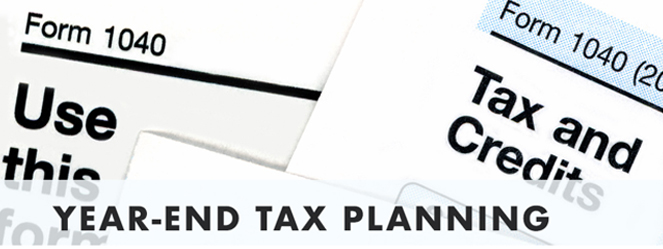It is time to start year-end tax planning for 2017. With the advent of the new presidential administration, comes a plethora of uncertainties with the proposed new tax legislation. So, with that in mind, barring any new legislation affecting the 2017 tax year. Here are tips for planning for the end of 2017 including possible tax reforms.
- Know what your individual tax rate is. Under the current law, the tax rates are 10, 15, 25, 28, 33, 35 and 39.6 percent. The GOP proposal is to create a new 3-tier structure of 12, 25 and 35 percent, with room for an additional tier that could be added for high-income taxpayers.
- Know what your current federal deduction is versus using a form Schedule A for itemized deductions.
- Defer your income. If you are an employee that gets bonus income, ask your payroll department to hold off giving you that bonus until after the first of the year. Hold off selling assets until after the new year, so that you will not have additional capital gains.
- Make sure that you are making the maximum allowable contribution to your 401(k)plan. Since most of the plan contributions are pre-tax, it will lessen your income, meaning that the IRS will not be taxing you as much.
- Know if your FSA (flexible spending account) has any money left in it before the end of the year. Since in most FSA accounts you use the money or you lose it, you will want to make sure that you spend in order to get the full benefit of the account.
- Paying your January mortgage payment by December 31st will entitle you to deduct the interest on this year’s tax return.
- Donating to charity by the end of the year will always help lower your AGI (adjusted gross income). Using dollar donations and/or household goods and clothing, plus using some non-traditional items, such as vehicles are an excellent way to boost your charitable donations for the year.
These simple yet helpful tips can make the transition to 2018 a very beneficial one for you and your family.
As always, Happy Savings!

